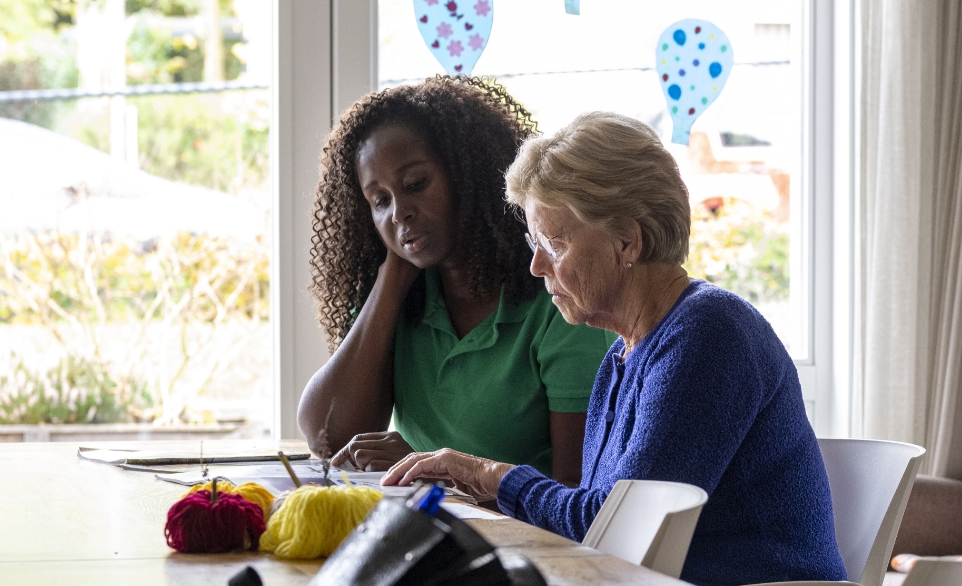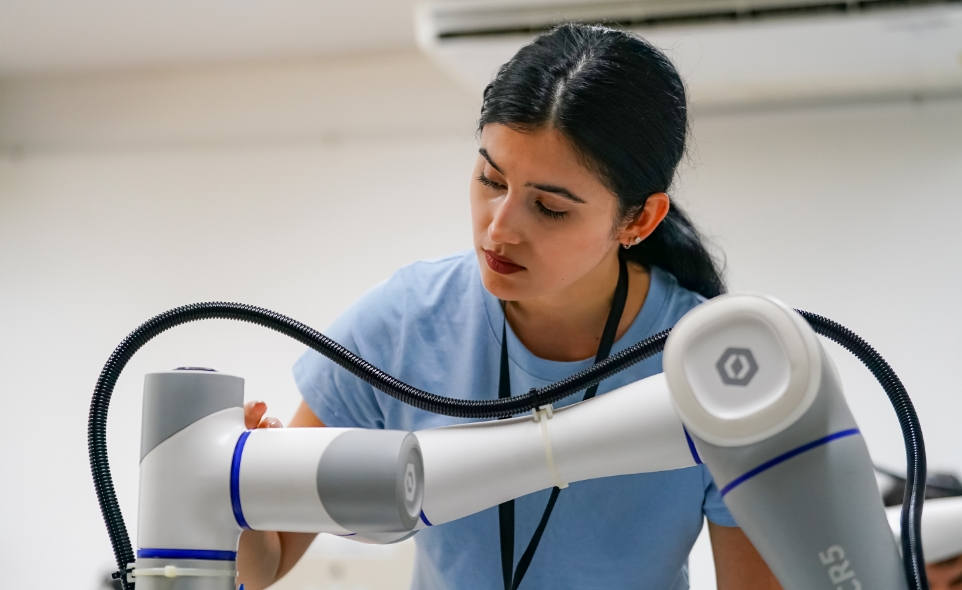
Balancing automation with humanity in person-centred care.
We’re living through a digital revolution in the care sector.
AI is improving rotas.
Sensors are predicting falls.
Apps are logging medication and auto-generating care plans.
And data dashboards are doing the work of a whole back office.
It’s impressive. It’s exciting. It’s necessary.
But here’s the truth:
Technology alone will never be enough.
Because while AI can sort a schedule or flag a risk, it can’t sit with a client who’s lonely.
It can’t hold someone’s hand after a tough diagnosis.
It can’t sense when someone’s hiding their pain — or celebrate a tiny win that only a carer would notice.
Compassion is — and always will be — the heart of care.
In this blog, we explore how to strike the right balance between cutting-edge tech and human connection… and why you don’t have to choose between the two.
Watch the Digital Healthcare: AI and Beyond Playlist here for real-world tools and reflections from care professionals.
Why the Rise of Tech in Care Is a Good Thing
Let’s be clear — at Big Sister, we’re all for tech.
In fact, we support every care founder to embrace digital systems that:
- Reduce paperwork
- Improve safety and safeguarding
- Speed up onboarding
- Deliver smarter insights
- Create more sustainable businesses
AI can:
- Predict problems before they happen
- Handle repetitive admin
- Spot trends in risk or wellbeing
- Improve compliance and inspection readiness
- Help carers be more informed on every visit
It makes care smarter, faster, stronger.
But what AI can’t do is replace the emotional labour and connection that true care requires.
The Danger of Losing the Human Touch
In our race to innovate, we risk forgetting:
- That people aren’t data points
- That a care plan is more than a checklist
- That quality of life often comes from little moments, not measurable outputs
- That some of the most important care work is invisible
When we rely too heavily on automation, we can lose:
- Trust from families and clients
- Motivation and morale from carers
- Emotional safety in our teams
- The richness of person-centred care
What AI Can’t Replace — And Never Should
Compassion
That gut feeling when something’s not quite right.
The instinct to stay an extra 10 minutes.
The decision to go above and beyond — not because it’s logged, but because it’s right.
Judgement in complex emotional situations
AI can suggest actions, but it can’t navigate grief, trauma, or family conflict.
That takes emotional intelligence.
Human communication
Tone of voice, facial expressions, cultural awareness, humour, patience.
These are invisible skills that transform how care is delivered.
Relationships
Clients don’t remember what system you used.
They remember how you made them feel.
Technology should support the relationship, not replace it.
The Real Power? Tech + Empathy
The best care providers don’t pit tech against compassion — they blend them.
Here’s what that looks like in action:
AI flags a fall risk…
The carer slows down their pace, holds the client’s arm more gently, and recommends a safer chair.
A care planning tool updates tasks based on diagnosis…
The carer notices the client looks anxious — and takes time to reassure them before starting.
A sensor shows disrupted sleep patterns…
The carer gently asks, “Are you okay?” and learns the client lost a friend that week.
The rota is perfectly balanced by a smart tool…
The office still calls to check if the new pairing feels right for the client.
This is the future of care:
Informed by data. Delivered with heart.
How to Build a Compassionate Culture in a Digital Business
Here are 6 ways to ensure compassion stays centre stage — no matter how tech-savvy you become:
1. Start With Values, Not Features
Choose systems that reinforce your values — not just the cheapest or trendiest tools.
Ask: “Will this help us care better?”
2. Train Carers on Both Tech and Empathy
Don’t just train carers on how to use the app — train them on how to balance it with real interaction.
Teach:
- Digital etiquette
- Active listening
- Emotional intelligence
- When to switch off the screen and tune in to the person
3. Include Clients in the Conversation
Use tech to improve transparency — not to distance the client.
Let families access care notes, ask questions, and give feedback.
Show them that AI helps — but people still lead.
4. Recognise Compassion, Not Just Compliance
Don’t just reward carers for ticking boxes.
Reward them for showing kindness, making someone smile, or solving a problem with empathy.
Make compassion visible, valued, and vital.
5. Give Carers Time to Care
Use tech to reduce admin — so carers can spend more time being human.
Even saving 10 minutes per visit with smart logging gives carers space to connect.
6. Lead With Heart — Even When You Lead with Data
Yes, use dashboards.
Yes, track outcomes.
But remember that behind every number is a name.
Balance your spreadsheets with stories.
Big Sister’s Commitment to Compassion-Led Innovation
We believe in:
- Digital transformation with soul
- Systems that make space for empathy
- Founders who lead with both insight and instinct
- Carers who use tools — not become them
Our training, systems, and tech partnerships are designed to enhance humanity, not erase it.
Because the future of care isn’t just AI.
It’s AI + empathy.
It’s data + dignity.
It’s people + purpose.
- Watch the Digital Healthcare: AI and Beyond Playlist here
- Follow @bigsisterhomecare for stories, tech tips, and reminders to keep care human
- Apply at bigsistercare.com and lead the next generation of digital-yet-compassionate care providers
Quick Links:













